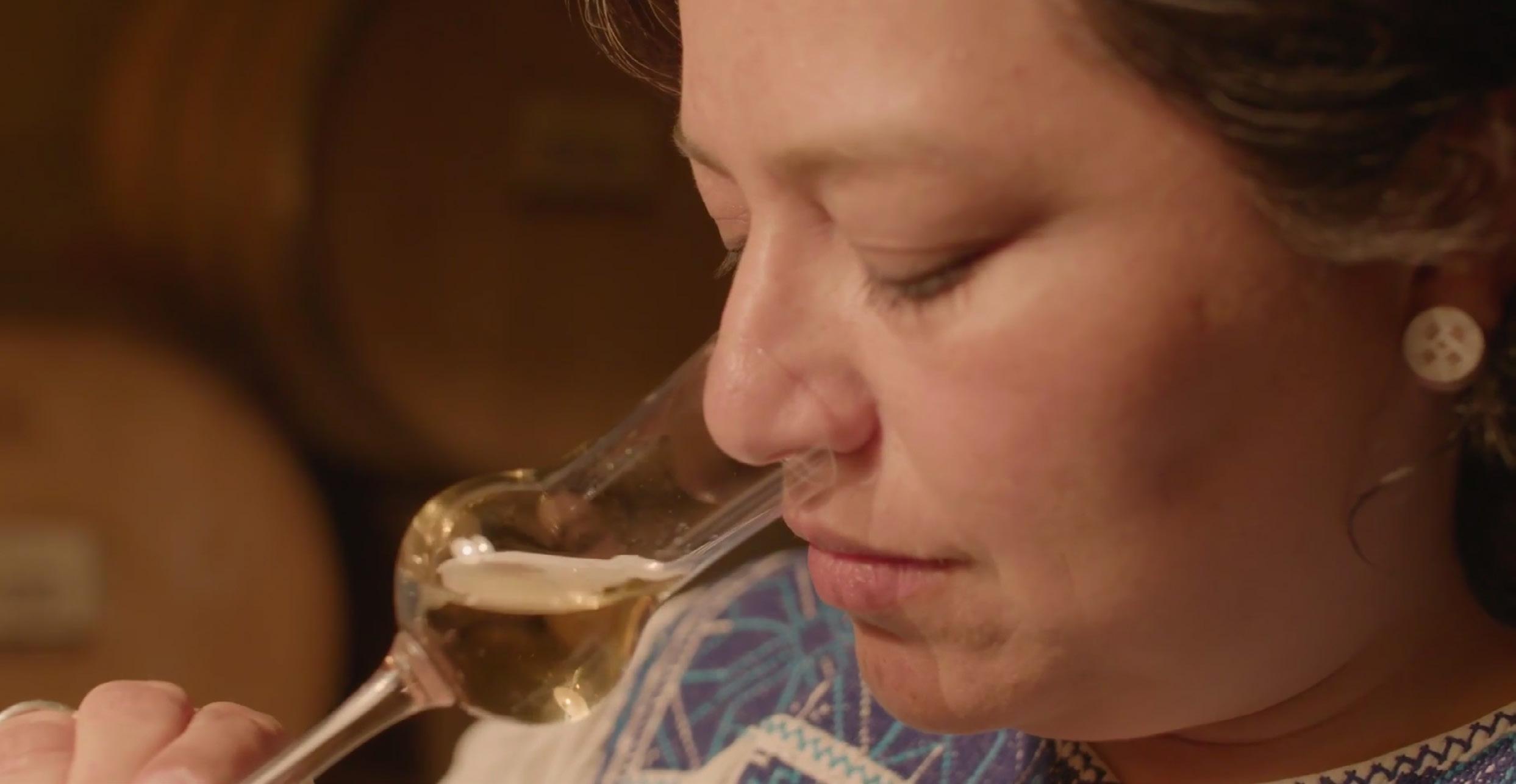ADVERTORIAL // Bourgogne Wines
A match made in Bourgogne The historic region of Bourgogne offers sommeliers an extensive range of wines, ensuring there is a pairing for every occasion.
Photography Domaine Huber-Verdereau
BOURGOGNE IS LAUDED for its well-
wider region, comprising 27 geographical
a saline mouth as well as an intense nose
Meursault and Gevrey-Chambertin. But
and Verzé.
the wine is fresh with great balance,
known appellations such as Chablis,
wine professionals who dig a little deeper
denominations such as La Roche-Vineuse
will uncover dozens of hidden gems and
When it comes to AOC Régionale plus
wines, all of which pair exceptionally with
can be extremely precise: some wines are
be rewarded with a diverse range of seasonal produce and dishes.
The 84 Appellations d’Origine
Contrôlée (AOCs) are well worth
decoding. A thorough understanding
geographical denomination, the origins
made from grapes grown on very smaller parcels of land, which means there is a more defined notion of terroir.
“Even within a restricted region,
with white flower aromas. Fat and elegant, making it a wonderful match for seafood.
“This kind of wine could be perfect with
Scandinavian food, fish and sushi with this acidity,” says Huber.
In fact, Bourgogne Chitry is highly
flexible. “Many Bourgogne Chitry are very easy to drink as an aperitif,” Huber says. Generally, Huber suggests pairing
will allow sommeliers and front of house
there are many different terroirs and
Bourgogne Chitry with fresh, acidic food.
of Bourgogne’s terroir and the expertise of
former sommelier, chairman of the
perfect for enhancing the flavours of native
professionals to unlock the rich diversity
its winemakers. A wine professional who can discern the difference between
a white wine of Bourgogne from the Grand Auxerrois and one from the
Côte Chalonnaise will be well placed to make the perfect pairing.
The Régionale appellations are
responsible for 52 per cent of
production in the region. Among them, you’ll find the Bourgogne and Mâcon plus geographical
denomination which identifies
expositions,” explains Thiébault Huber, Winegrowers and AOCs Syndicate in
Bourgogne (CAVB) and the winemaker behind Domaine Huber-Verdereau. “There can be a huge difference,
The saline wines from this appellation are Australian produce such as fingerlime,
saltbush or seaside greens such as karkalla and samphire.
especially north to south, between Grand Auxerrois and Mâconnais. It’s a gift to the consumer; there
are so many types of wine to pair [food] with.”
Here, Huber shares his tips for
finding the perfect match with five
Régionale AOCs plus geographical denomination most often applies at a sub-regional level — as is the case for Bourgogne Côtes d’Auxerre and Bourgogne Hautes Côtes de Nuits. However, they sometimes
of Bourgogne’s hidden gems.
apply at a village level, too, such as Rully “Montmorin” and Savigny-les-
stricter production rules. The
BOURGOGNE CHITRY, CUVÉE OLYMPE, 2017, OLIVIER MORIN
Beaune are two examples of Village
Bourgogne appellation features
Made of 100 per cent Chardonnay
AOCs. All of these hidden gems have
13 geographical denominations, including Bourgogne Chitry and
grapes, this wine is grown on
clay limestone marls of the upper
an opportunity to explore Bourgogne
certain areas that have
specific characteristics and
Bourgogne Côte Chalonnaise.
The Mâcon appellation covers a 16 | Hospitality
Bourgogne Chitry or Mâcon-Verzé.
Jurassic period. The 2017 vintage has exceptional minerality and
one thing in common — they provide wines further.








